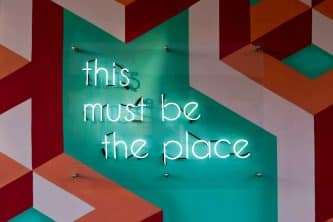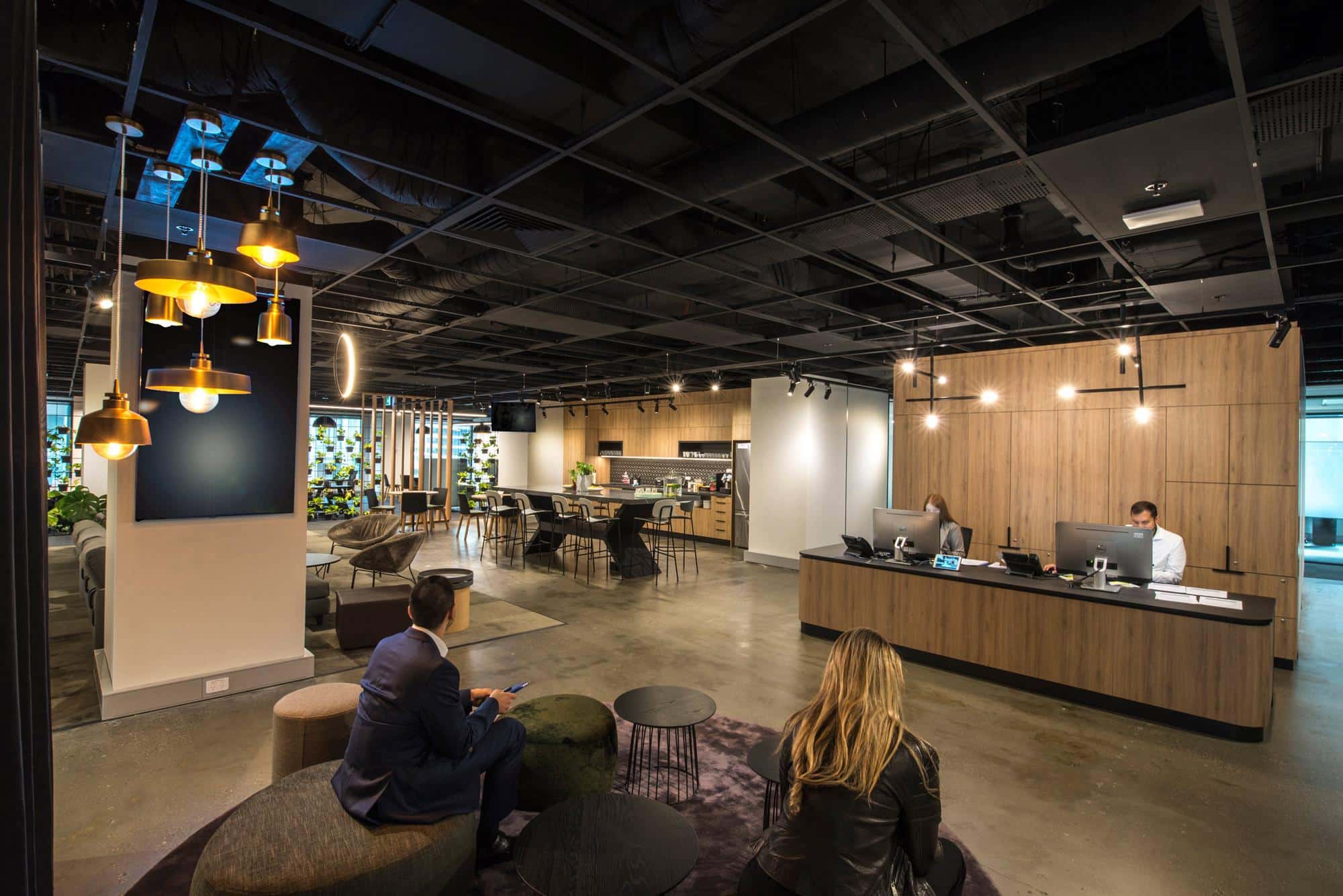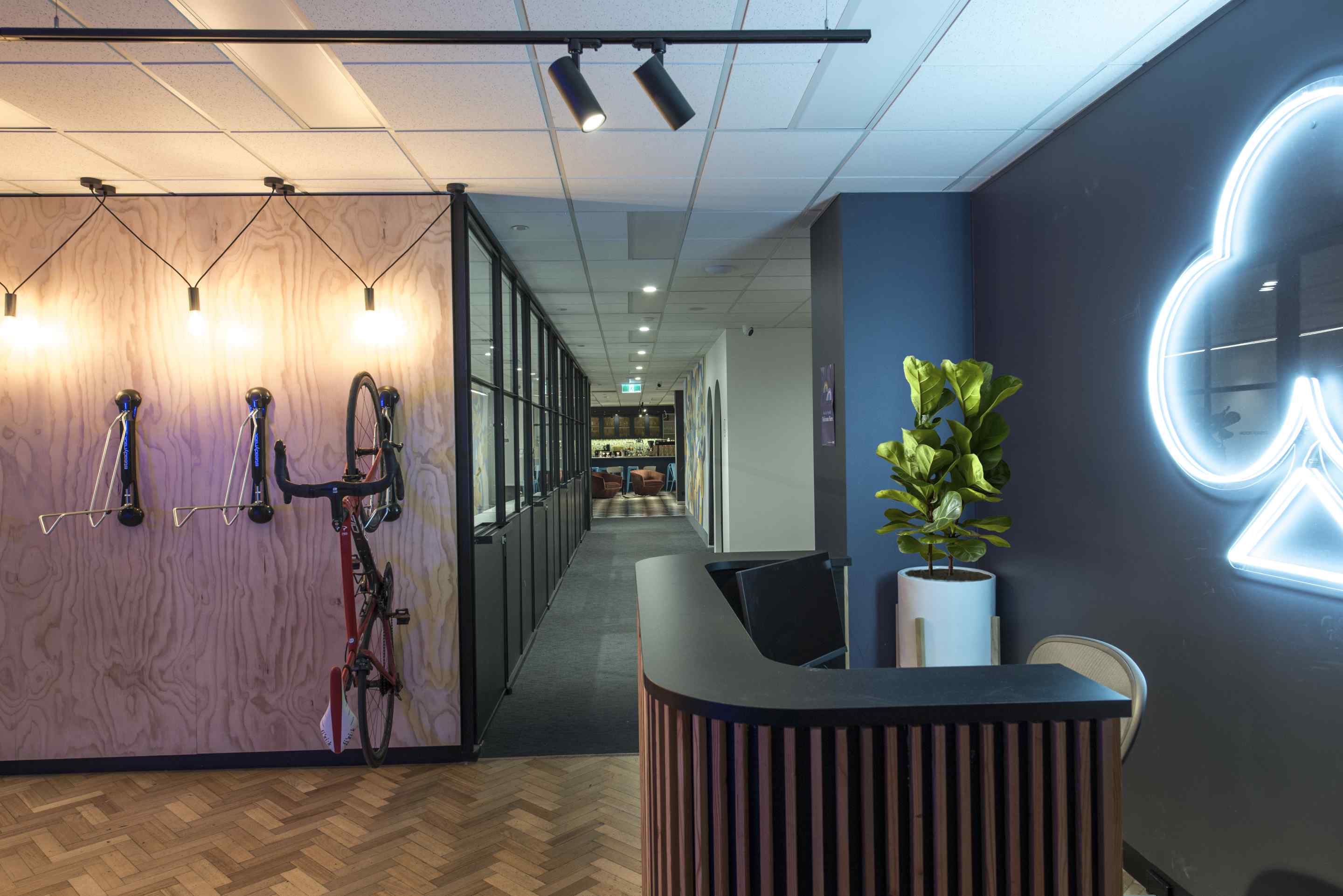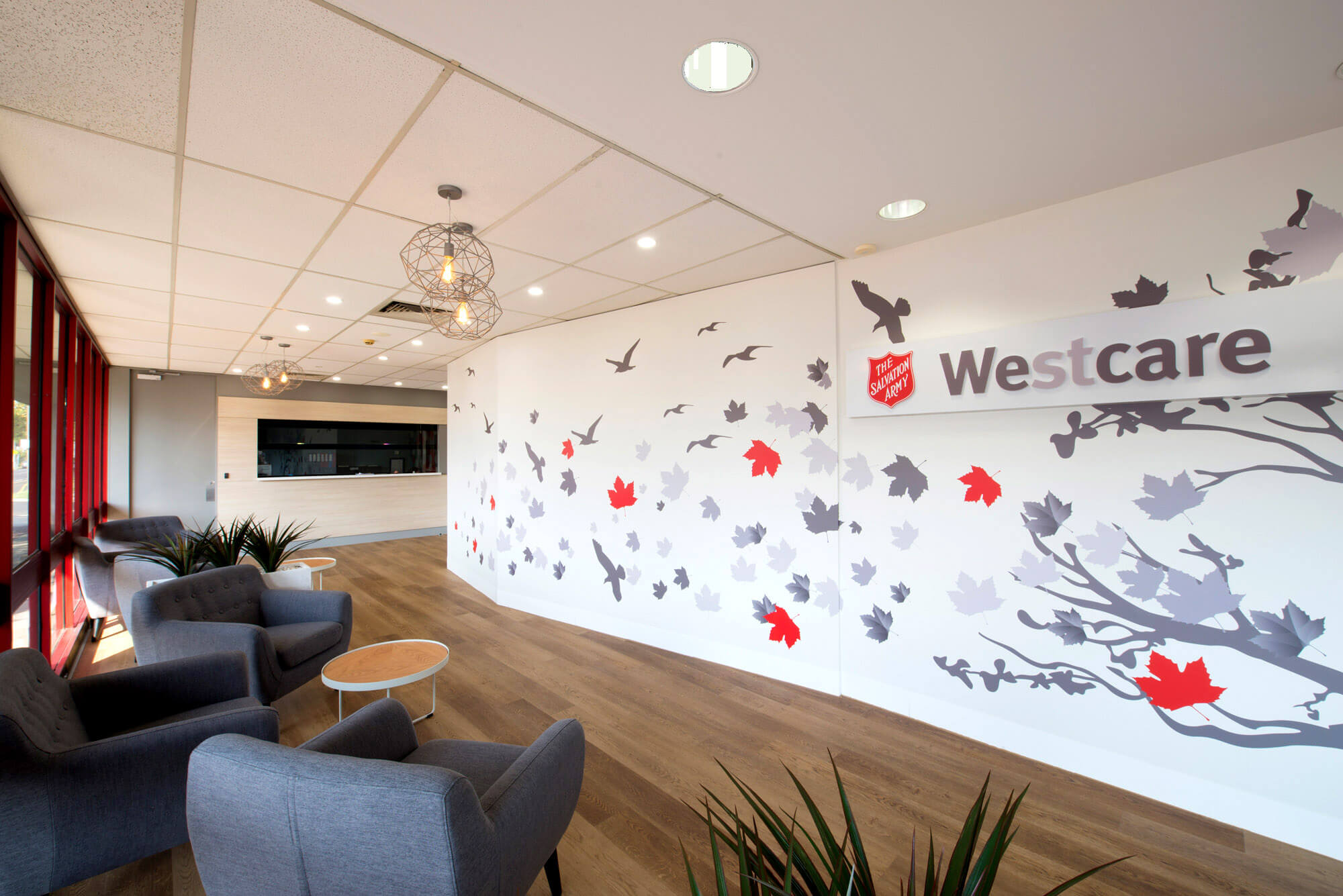 How do you implement effective office branding strategies so you are remembered, given that we now live in an era where we are bombarded with massive amounts of information within seconds?
How do you implement effective office branding strategies so you are remembered, given that we now live in an era where we are bombarded with massive amounts of information within seconds?
Excessive Advertising and Marketing Overload
Marketing is communicated through an array of mediums providing for more brands to compete with similar opportunities and more of them, than in years past. These include multiple social media platforms, websites, television, online advertising, print, audio, video and various channels off-line. These can be used to compliment office branding with strategically planned commercial office fitouts.
But how does the brain handle that information and what is the impact on brand recognition and retention?
How the Brain handles information
We know from research that our body sends 11 million bits per second to the brain for processing but our brain only processes 50 bits in that time frame[1]. So there’s a high chance your brand may be filtered out; lost in the noise of today.
Add to that, an excess of marketing information and consumers avoiding excessive advertising [2] and your brand could potentially, be lost along with a multitude of other brands. This all becomes a sea of bits of information the brain has chosen not to process nor retain.
The aim then is to ensure your brand is communicated in such a way that it is not filtered out.
Brand Retention
Brand retention is partially attributed to the elements that make up a brand’s identity. How well your logo, symbols, shapes, lighting, colour, tag line, music and communication of benefits are established, will contribute to consumer perceptions, brand differentiation and retention [4].
Our sensory (temporary storage), short-term (temporary & what we are currently experiencing) and long-term (longer term retention) memory is also responsible for brand retention. How we store information in our memory is based on encoding and if the information is not encoded, it is not remembered. If it does happen to be stored in our memory then we still need to rely on information retrieval [5].
Then there is the powerful reticular activating system (RAS). A great example of this is if you were looking for office space to rent or buy. You may start seeing real estate signs for offices for lease or to buy where you may not have noticed these in the past. They can suddenly appear to be everywhere.
As this will be occurring when your consumer is looking for a specific product or service in your industry, you will want to be ‘top of mind’. This will ensure you’re included in their purchasing decision.
How Consumers React to Excessive Advertising
When exposed to excess advertising, consumers see the brand’s message is diluted and it causes dissatisfaction and irritation [3]. Further to being bombarded with information, the higher the advertising spend in a specified country, the more unhappy the consumer was two years on [6]. With consumers potentially being exposed to as many as 3,500 marketing messages in an entire day, 99% of those messages having no impact [7].
What we can take away from this vital information is that finding a balance will be key to appealing to your market. This is also pertinent to keeping their perception of your brand as a positive, quality one and aiding in brand recall when it comes time for them to make purchasing decisions.
Is Any Advertising Positive?
Advertising can still be a positive experience when implemented correctly. Given that consistency in advertising goes some way to activating brand recall, we encourage you to explore your advertising strategy with your marketing team. This should also be in line with the design of your office for branding purposes.
We encourage you to use your brand effectively at each touchpoint for pre-purchase, during the sales process and after-sales support. This can improve brand perception.
How we Implement Effective Branding Strategies
When potential customers visit your office, you want their experience to be positive and memorable. Here at IN2 SPACE Interior Design and Project Management, our aim is to effectively use branding elements strategically to enhance office visits with the aim to assist visitors to encode this into their memory.
As office designers we use frontend branding with a seamlessly integrated workspace design for staff. The amazing result is that your message is communicated through your entire organisation in line with your company values.
Here are three examples of the office design work of IN2 SPACE Interior Design and Project Management. Each company brief is different based on company values, brand and budget.
IN2 SPACE Interior Design and Project Management transformed Workspace 365’s Melbourne flagship office into a bespoke, luxurious workspace. Collaborating closely with the client, the design focused on efficiency, space utilization and targeting the desired audience. The two-level commercial fitout features a Low Key Luxe Hotel feel with exposed services, mood LED lighting and strategically placed greenery. The result is a harmonious blend of low key luxury, comfort, and modernity that has garnered excitement and enthusiasm from Workspace365 and its users.
See the client office interior design brief and our approach.
———-
In its early stages, this start-up secured a modest office in Melbourne’s CBD with limited funds. As the business flourished, they sought to create an appealing workspace for their young IT specialists. IN2 SPACE Interior Design and Project Management was engaged to transform the standard office into a current, socially stimulating environment aligned with the company’s vision.
See the office fitout client brief and our approach.
———-
The Sunshine office, occupied for many years, required a refurbishment to enhance collaboration and create an inviting waiting area. IN2 SPACE successfully revamped the reception counter and waiting space by installing a feature wall graphic, upgrading finishes, and adding casual seating, pendant lighting, and planters. The result is a transformed space that promotes a calm and inspirational atmosphere for both staff and visitors seeking assistance and support.
See the office refurbishment client brief and our approach.
While every individual will react differently based on their current state of mind, tiredness, individual characteristics and amount of exposure to advertising, you are still at risk of losing potential customers if you advertise excessively.
Becoming memorable may lay in implementing the following strategies:
1. A clearly defined brand using the elements discussed above,
2. Brand personality,
3. Customer experience,
4. Consistent advertising at various ‘touch points’ in your customer’s journey,
5. Clearly communicated benefits.
Read more about office branding and design.
Speak with IN2 SPACE Interior Design and Project Management about how we can effectively design an office space to make your brand stand out. We are expert office fitout specialists and office interior designers for Melbourne CBD and surrounding suburbs.



